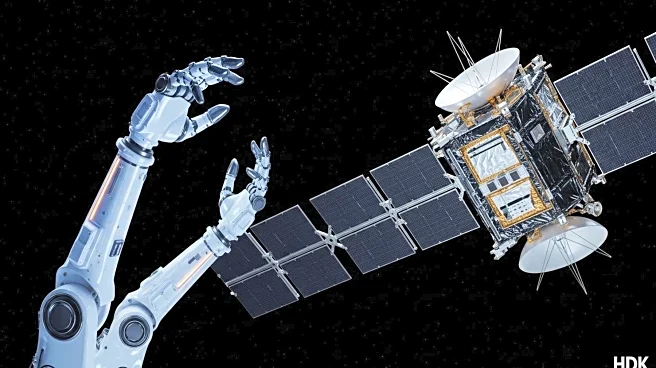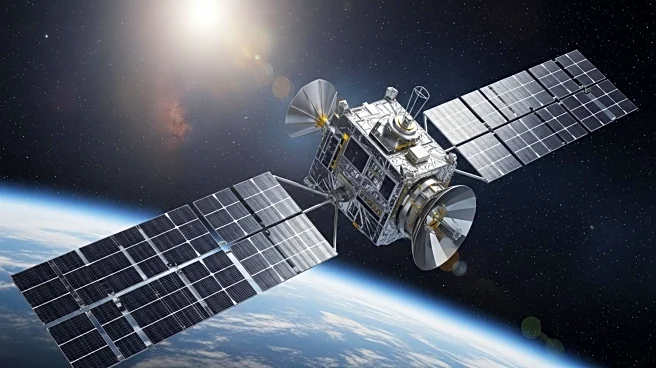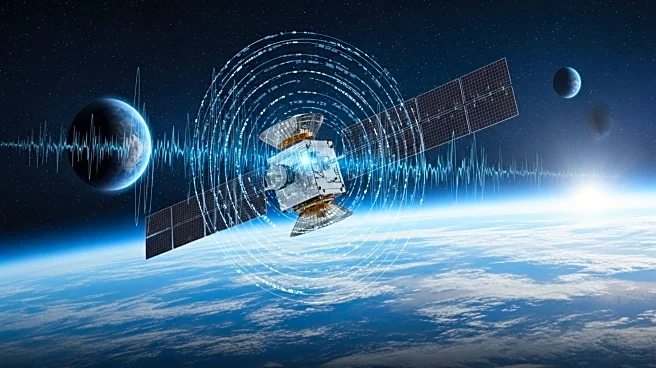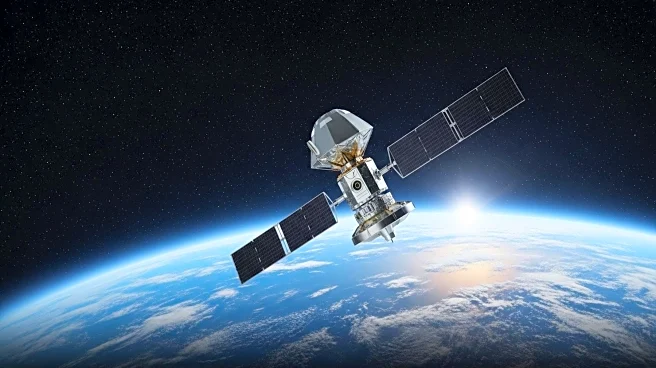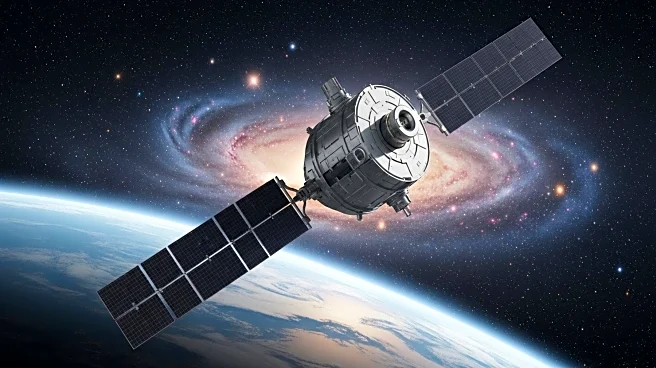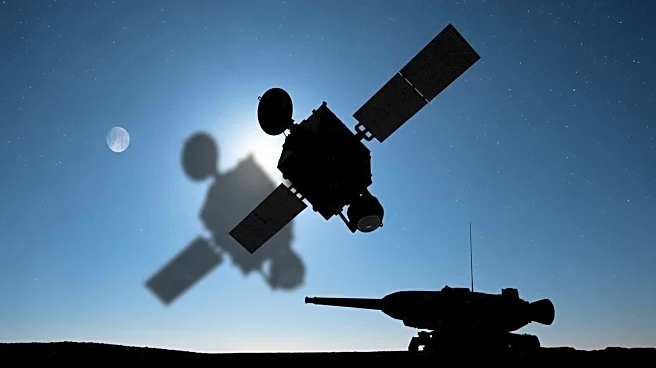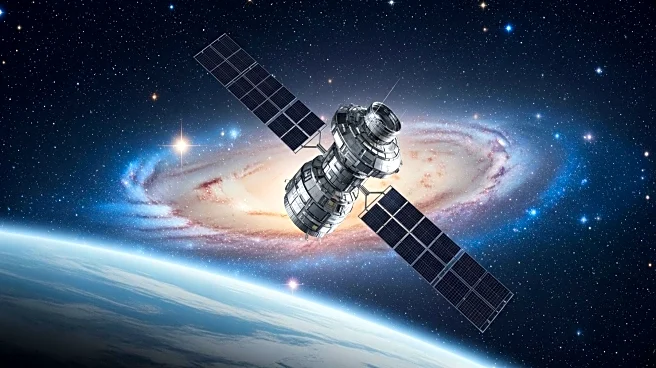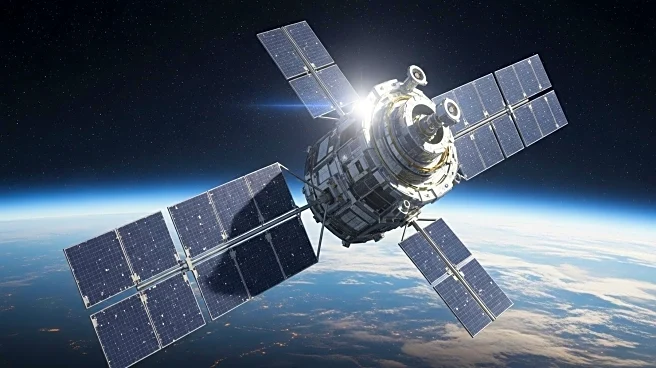What is the story about?
What's Happening?
Beyond Gravity has secured a contract to supply robotic arm thruster pointing mechanisms for Swissto12's small geostationary satellites. The Appmax 3 arms, featuring a wider range of joint movement, will be delivered between 2026 and 2027. These arms allow flexible system implementation and orientation of thrusters, optimizing fuel usage and combining orbit raising and station keeping capabilities. The design supports two thrusters per arm, reducing hardware needs compared to previous models. The contract covers five satellites announced by Swissto12 for Intelsat, Viasat, and Astrum Mobile, with the HummingSat platform debuting in 2027.
Why It's Important?
The development of advanced robotic arms for satellite thruster systems represents a significant technological advancement in satellite design and operation. By reducing the number of required thrusters and optimizing fuel usage, these systems enhance the efficiency and maneuverability of geostationary satellites. This innovation supports the growing demand for smaller, more versatile satellites in the telecommunications industry, offering cost-effective solutions for orbit raising and station keeping. The collaboration between Beyond Gravity and Swissto12 highlights the importance of international partnerships in advancing satellite technology.
What's Next?
Beyond Gravity will continue to develop and deliver robotic arm systems for satellite manufacturers worldwide, supporting the deployment of next-generation geostationary satellites. The success of the Appmax 3 arms could lead to further contracts and collaborations, driving innovation in satellite design and operation. As the telecommunications industry evolves, the demand for efficient and flexible satellite systems is expected to grow, emphasizing the need for continued advancements in thruster technology.
Beyond the Headlines
The contract underscores the role of technological innovation in shaping the future of satellite communications. The ability to optimize thruster systems and reduce hardware needs reflects broader trends in satellite design, focusing on efficiency and versatility. This development contributes to the ongoing transformation of the telecommunications industry, highlighting the potential for new technologies to drive progress and enhance global connectivity.
AI Generated Content
Do you find this article useful?
